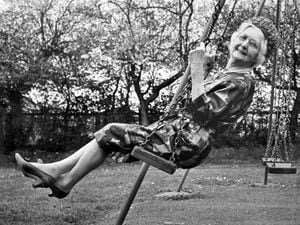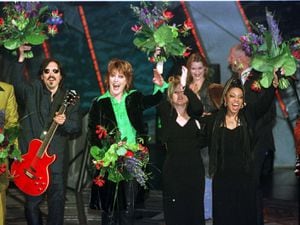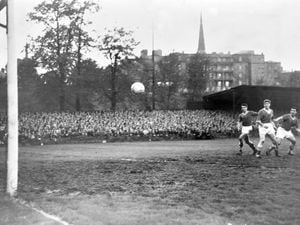All aboard: Museum seeks answers over Shropshire bus history
Years ago some Shropshire folk enjoyed a life on the buses – thanks to Craven Arms timber merchant Samuel Spencer who seems to have had a sideline in converting old buses into caravans.

One of those buses is now with the Museum of Transport in Manchester, which has hailed it as a unique survivor, and a long process of renovation has begun.
And an appeal has gone out to uncover the story of its life as a caravan in Shropshire, and to tap into memories of Sam's business and his unusual bus fleet.
The bus now being done up is a Crossley which the museum says is unique in being the only pre-war Manchester double decker to survive and, by chance, was the very first of its type to be built. It was withdrawn from service and sold in 1950.

Mike Shaw of the Greater Manchester Transport Society said: "The ex-Manchester Corporation bus - number 436 - which dates from 1934, was converted at Craven Arms into a weekend holiday home, complete with bedrooms, kitchen and toilet.
"It was then sold into the care of its new owner, who lived a short distance away in Broome and oddly, chose to locate it next to the Mid Wales rail line.
"It was rented out as a weekend retreat and for close to 30 years it proved to be a most unusual landmark for passing rail travellers.
"The museum knows a lot about the service history of the bus until its withdrawal in 1950, but very little about its life as a caravan in the decades up to its eventual rescue from the scrap men in the late 1970s.
"With the bus currently undergoing restoration, a book is being researched and written to help raise funds for the project and the museum is on the trail of any details of its history in Shropshire."
Mike Eyre, a renowned transport historian who is writing the book, said: "We know that in 1950 Samuel Spencer, the Craven Arms timber merchant, who was apparently something of a character, decided to buy no fewer than four old Manchester buses.
"We're coming to the conclusion that old Sam decided to take up the sideline of converting old buses into caravans - probably after having seen an ad placed by a Manchester second hand bus dealer - and using the woodworking skills of his staff to professionally fit them out"
As far as the museum knows, of the four buses Sam Spencer bought, only the one that is currently being restored in Manchester survived.
"It may be that Sam went off the idea after selling his first one to Mrs Hamilton in Broome, as the other four seem have disappeared without trace and were probably sent for scrap long ago."
With publication of the book planned for the end of the year, in order to complete the history of 436 the museum is anxious to learn about whatever memories - or even images - may still exist of Sam's business and his little fleet of Manchester buses.
Anyone with information can contact Mike Shaw at mike.shaw@gmts.co.uk by email.
The Shropshire Star has put the museum in touch with Dave Mulliner, Sam's grandson, who lives in Ludlow.
Dave said: "My grandfather had, among other things, a timber yard in Craven Arms. This was in the 1950s. They used to buy buses to convert for some of the workmen to live in. It sounds fairly crude now. One of my brothers used to live in one of the caravans.
"They were parked up in the timber yard. The only ones I can remember were single deckers although now you mention a double decker, that does ring a bell."
The museum says the bus being restored is 436, registration ANB851, which has a Crossley "Mancunian" chassis, built in 1934, and the typical "Standard" Manchester bus body of the 1930s. It now carries its second body, dating from 1938. It worked from 1934 to1950.





